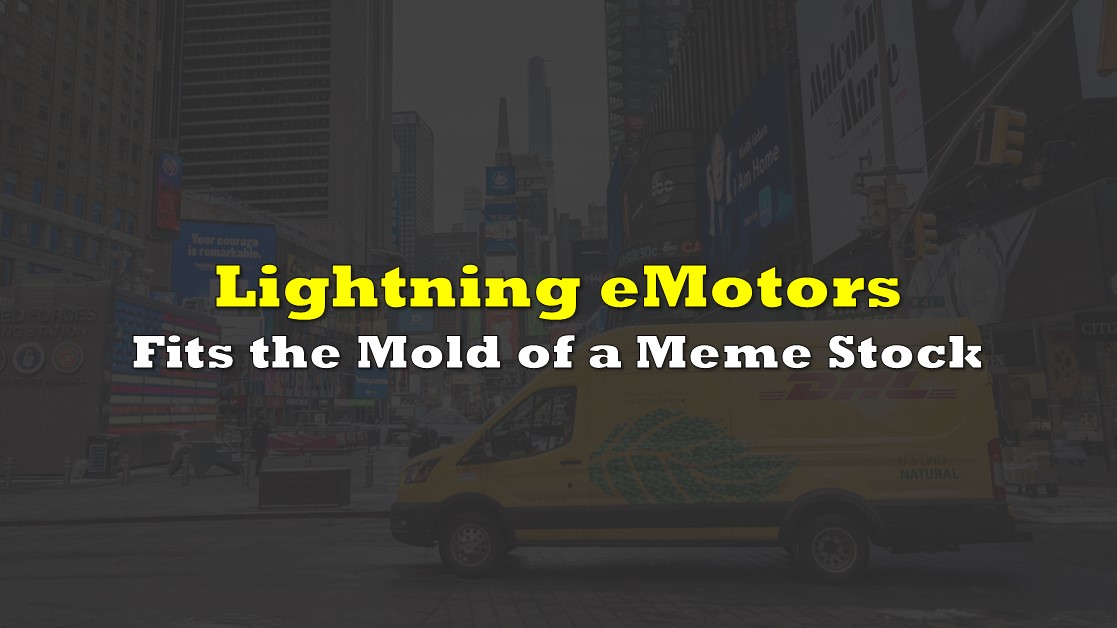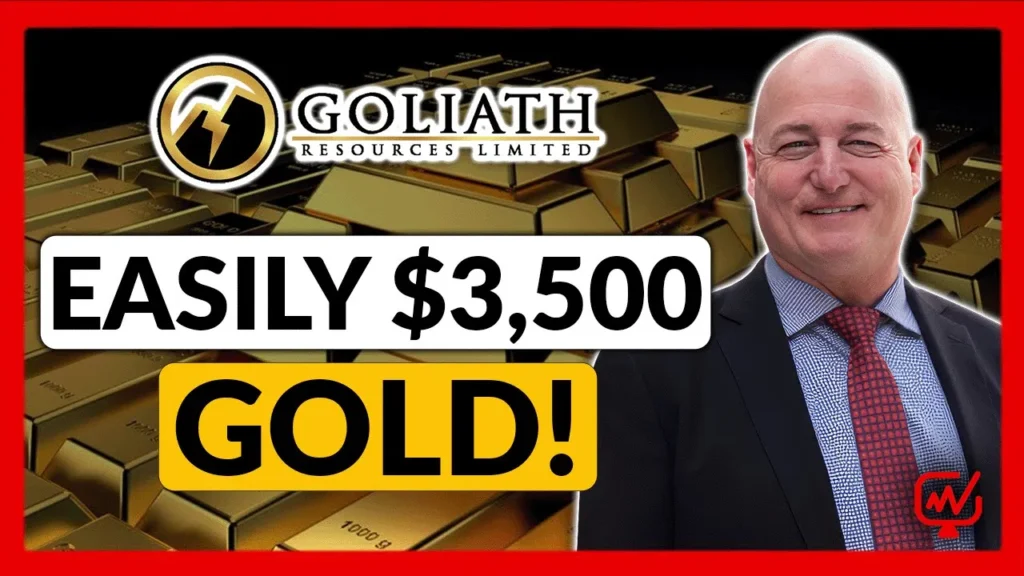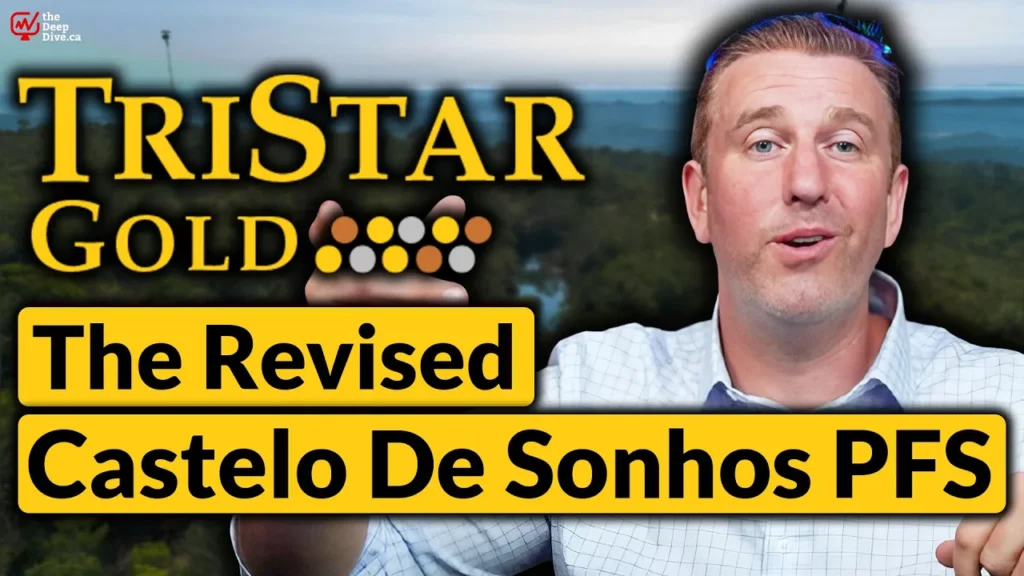In light of recent outsized moves by meme stocks catalyzed by investors’ expectations of a potential short squeeze, Lightning eMotors, Inc. (NYSE: ZEV), a manufacturer of powertrains and commercial zero-emission vehicles (ZEVs), could be a candidate for such a move.
Indeed, Fintel, a research firm focused on financial markets data, recently labeled Lightning as one of the stocks most likely to be squeezed. In this market, a stock’s high valuation based on fundamentals seems not to deter a sharp, prolonged movement higher, a recent example being Support.com (NASDAQ: SPRT).

Lightning has announced some major recent contracts. For example, on August 10 the company reached a strategic partnership with Forest River, Inc., the leading shuttle bus producer in North America and a subsidiary of Berkshire Hathaway, to deploy up to 7,500 zero-emission shuttle buses. Over the next 4 ½ years, Lightning will manufacture ZEV powertrain systems at its Colorado plant and ship them, together with charging products, to Forest Rivers’ Indiana plant for final assembly. The agreement could generate US$850 million in total revenue for Lightning.
On August 31, Lightning reached a similar (but smaller) accord with the Collins Bus unit of REV Group, Inc. Lightning will provide the powertrains for 100 all-electric Type A school buses expected to be delivered across the U.S. and Canada over the next few years. The agreement includes a firm order commitment worth US$11 million to Lightning over the next two years.
2Q 2021 Results: Modest Sales and Fairly Large Operating Loss
Lightning reported revenue of US$5.9 million and an operating loss of US$17.9 million in 2Q 2021. It sold 36 commercial electric vehicles and one powertrain system in the quarter. The company’s order backlog was US$168.4 million as of June 30, 2021. Lightning projects 3Q 2021 revenues of US$4-US$6 million and a somewhat smaller operating loss than in 2Q 2021.
Lightning is the product of a SPAC merger with SPAC sponsor GigCapital3. The merger closed in late April 2021, about a year after its May 2020 announcement. The closure of the merger, which included a US$125 million PIPE led by BP Technology Ventures, is the key reason that Lightning’s June 30 cash balance totaled US$202 million, or about 30% of its stock market capitalization.
| (in thousands of US $, except for shares outstanding) | 3Q 2021E Company Guidance | 2Q 2021 |
| Revenue | $4,000 to $6,000 | $5,923 |
| Operating Income | ($12,500) to ($13,600) | ($17,894) |
| Operating Cash Flow | ($32,777) | |
| Cash – Period End | $201,980 | |
| Debt – Period End (A) | $78,127 | |
| Shares Outstanding (Millions) | 73.2 | |
| Vehicle & Powertrain Units Sold | 28 to 40 | 37 |
| Order Backlog | $168,400 |
Lightning’s Short Position is a Large Percentage of the Stock’s Float
As of August 13, Lightning’s short interest was 6.14 million shares, or 8% of shares outstanding. Perhaps more importantly, the company’s short interest represents around 19% of its float. Furthermore, Fintel reports that the annualized cost to borrow the shares (a precursor to shorting them) is about 87%, a figure so high that shorts could decide that the cost of maintaining their positions is too expensive.
Lightning is a highly valued stock. It trades at an enterprise value-to-annualized revenues ratio of more than 20x. This elevated valuation could limit any upside, regardless of its high short interest.
Lightning fits the mold of many successful meme stocks: a moderate stock market capitalization (around US$650 million), an elevated valuation based on fundamentals, and heavily shorted. The second factor may limit the performance of the stock, but we would caution investors that maintaining or establishing a short position seems risky given the possibility of a short squeeze.
Lightning eMotors, Inc. last traded at US$9.11 on the NYSE.
Information for this briefing was found via Sedar and the companies mentioned. The author has no securities or affiliations related to this organization. Not a recommendation to buy or sell. Always do additional research and consult a professional before purchasing a security. The author holds no licenses.




